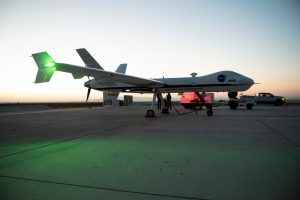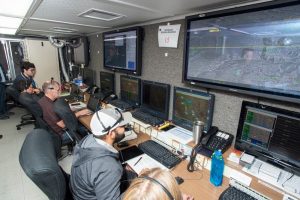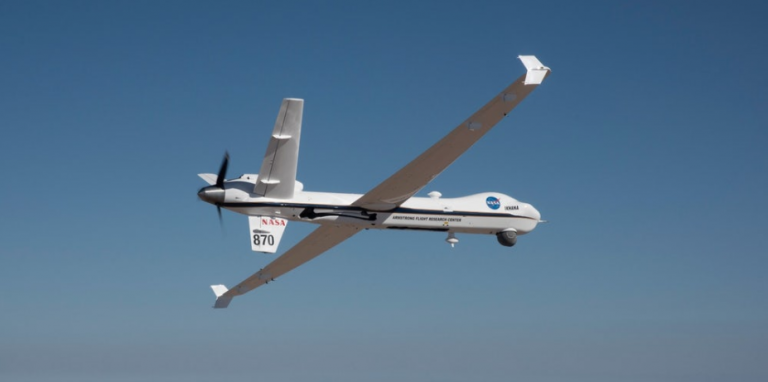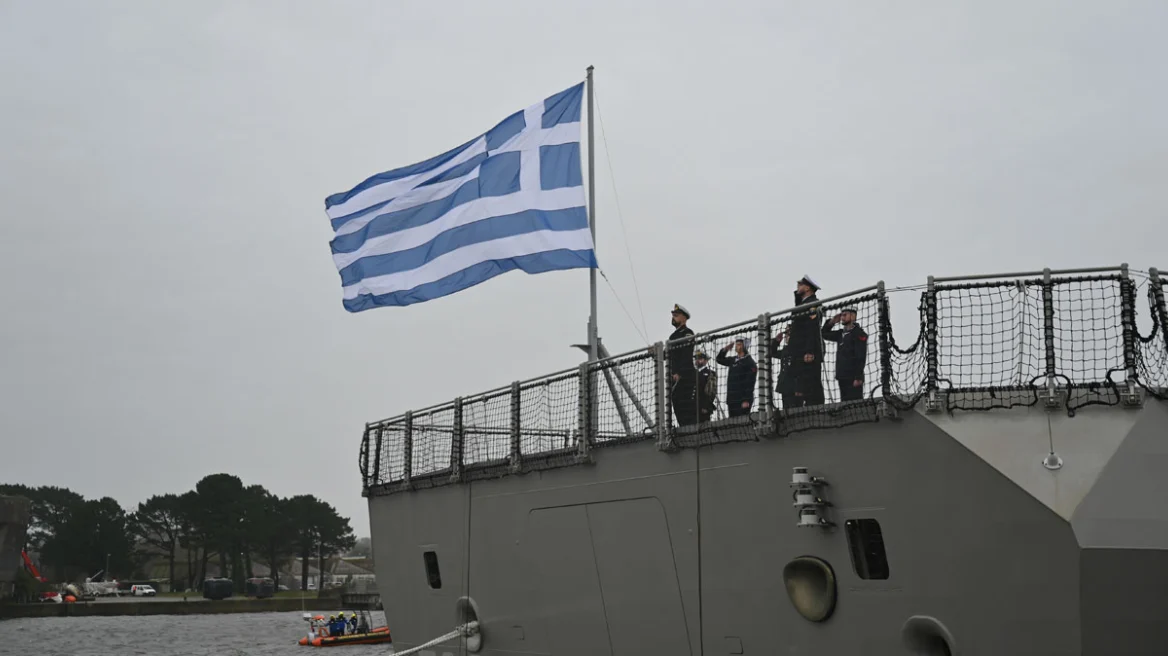NASA has conducted the first flight of a large, remote-piloted drone through public airspace without the usual safety chase plane. Using advanced communication and collision avoidance technology, the Ikhana unmanned aircraft took off the Armstrong Flight Research Center in California and flew to Fresno and back while sharing the air with commercial and private pilots.
Drones and UAVs have become increasingly common in the past couple of decades, but when it comes to the public airspace used by regular air traffic, they are still rare birds that are only welcome under special circumstances. Tuesday’s flight without a manned chase plane could only take place under a special Certificate of Waiver or Authorization from the US FAA that allowed the remote pilot to rely on the latest Detect and Avoid technology under limited circumstances.

Tuesday’s flight from Edwards was in the same Class-A airspace used for commercial traffic at an altitude of 20,000 ft (6,000 m). On the northern leg, it was under the supervision of the Los Angeles Air Route Traffic Control Center and the Oakland Air Route Traffic Control Center before turning back south in the direction of Victorville, California. The Ikhana then descended to 10,000 ft (3,000 m) over Tehachapi as it entered Class-E space used for general aviation before returning to base.
To avoid other aircraft, the Ikhana was equipped with a General Atomics Aeronautical Systems airborne radar, a Honeywell Traffic Alert and Collision Avoidance System, a Detect and Avoid Fusion Tracker, and an Automatic Dependent Surveillance-Broadcast System designed to determine the drone’s position via satellite and then broadcasting it to neighboring planes.

According to NASA, this was the first flight of a remotely-piloted aircraft with airborne detect and avoid technology capable of meeting all of the FAA’s “see and avoid” rules. It completed all its objectives and the agency believes that this will one day lead to drones having a wider application in areas including firefighting and monitoring, as well as search and rescue operations.
“This is a huge milestone for our Unmanned Aircraft Systems Integration in the National Airspace System project team,” says Ed Waggoner, NASA’s Integrated Aviation Systems Program director. “We worked closely with our Federal Aviation Administration colleagues for several months to ensure we met all their requirements to make this initial flight happen.”
Source: NASA
Ask me anything
Explore related questions





